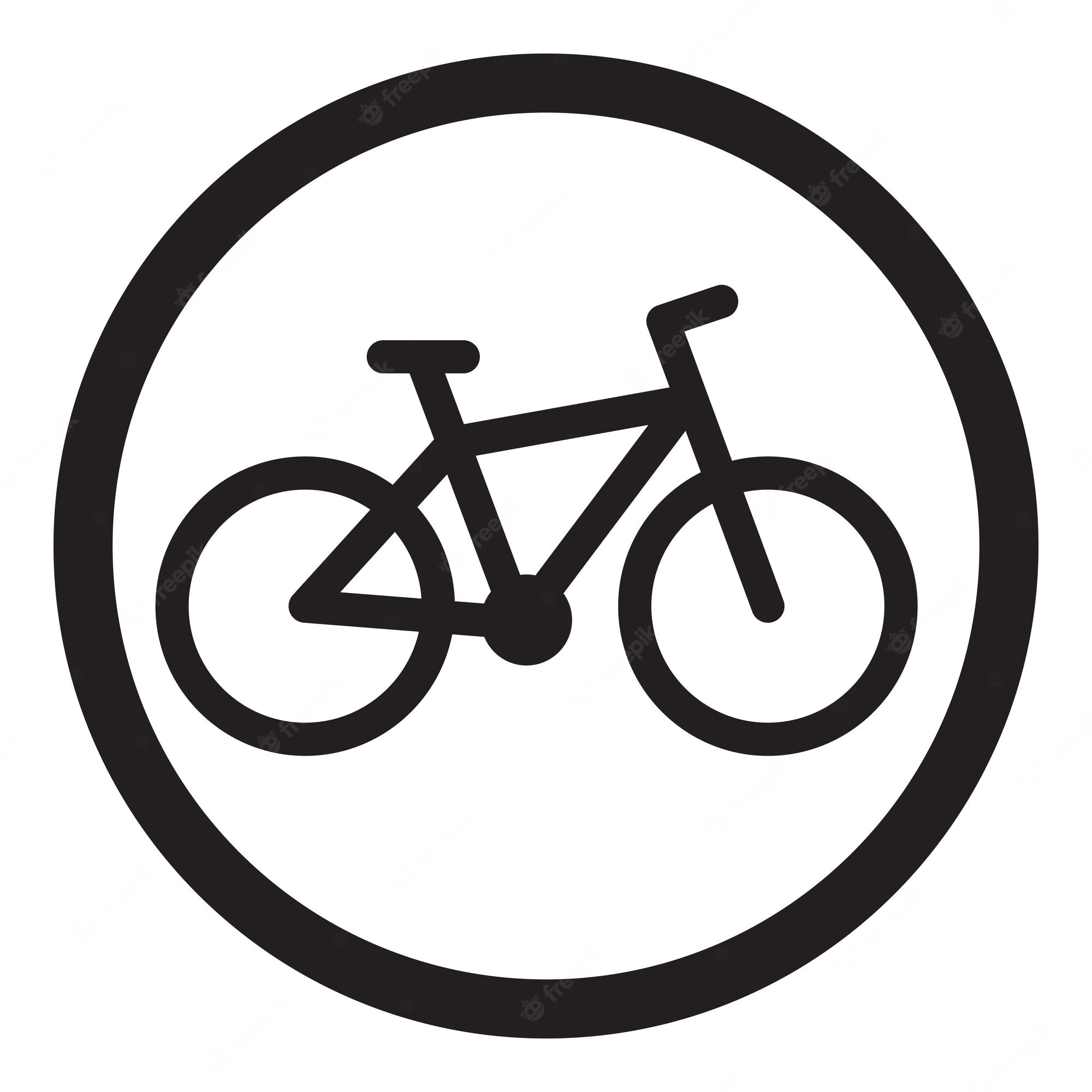I recently bought a junk bike. I want to slowly fix it up myself for two reasons: 1. To have a nicer bike. 2. To learn about bike maintenance. I’d like to improve it slowly (weeks or months) while keeping it functional. What order should I consider improvements?
I’ll elaborate. When I first bought the bike, I tuned the brakes (linear pull). I struggled. I realized brake tuning was difficult because my wheel wasn’t aligned. In retrospect, I should have straightened/replaced the wheel before tuning the brakes. I’m wondering if there are any insights you could provide about the order I should tackle this project (e.g., wheel alightment before brakes).


I did a similar thing many years ago, so take this with a grain of salt.
Your wheels need to be true. Have a pro do it at a shop, because that’s a skill that takes practice and you don’t want to fuck it up. If your wheels aren’t true, everything else will suck.
Your bike has four important sets of bearings, in order of importance: rear axle, bottom bracket, front axle, and head tube where the fork inserts. They should all spin freely and with minimal resistance. Whether you can service them or not depends on the style and make for each component. You might be able to take them apart, clean out the gunk, and re-apply grease, but again this is something better left to the experts. If you fuck up your bearings, your buying a bunch of new parts.
Once the wheels are true and the bearings are clean and lubricated, you can start on the DIY stuff. Changing a tire is probably the first thing, but tuning your brakes is also a great place to start. Flip the bike and align the calipers, replace the pads if needed, and then adjust tension until you can stop the bike with a gentle squeeze.
You should also get familiar with your derailleurs and shifters, because fine-tuning your gears will sve a lot of frustration. You can replace the cables in your brakes and shifters the same way you replace the brake lines, but remember that the cables are not typically interchangeable. Brake cables must pull, but shift cables pull and push. Some people like to clean and lubricate old cables, but I’ve always felt like that’s a lot of work to save $2 worth of cable.
Last thing is making sure all of the clamps and bolts are tight. Common problem areas are the seat post and the handlebars. Make sure you can loosen the seat post clamp, the headset and the stem, and adjust heights and angles as needed. Most importantly, you should be able to tighten them down so they don’t move or slip. You don’t want to overtighten, because that’s how clamps and bolts get stripped, but you should be able to get it tight by hand or with tools you carry with you. Older bikes can have worn clamps or bolts, and the posts or bars can slip. You don’t want to be in traffic when your stem comes loose and you can no longer steer.
One thing people tend to focus on is the chain, but unless you are splashing through mud, you probably don’t need one of those fancy machines or expensive lubricants. Wipe off any gunk with a rag, and then apply chain grease once every few months, maybe sooner if you ride in the rain or around a lot of sand or dust. If your derailleurs are properly tensioned, your gears are in good shape, and there’s no rust or bends in the chain, it’s probably fine.
Fantastic comment. Only item I might disagree on is bearings IF the bike has cartridge bearings as those are easy to work with. If it’s cup and cone/loose ball then yea, I’d recommend just letting the shop do it only because cone wrenches are a pretty specific tool.
Lots of bike shops (especially community bike shops) offer inexpensive courses on bike maintenance which are a great option for learning.
Great suggestion. I’ll definitely look around for local classes.
Thank you! I think this is exactly what I needed.
I like the concept of drawing the line between DIY and “just take it to the shop”. Based on my minimal knowledge, I purchased a bike that looked like it only needed DIY fixes. Sounds like I should take a closer look at these wheels before I move forward.
Yeah, some things I look for when buying used:
If there’s frame damage, I just move on to the next. The rest just impacts how much I’ll offer for the bike. I’m not too worried about consumables (brake pads, tires, rear cassette, chain, etc), but the rest can add up.